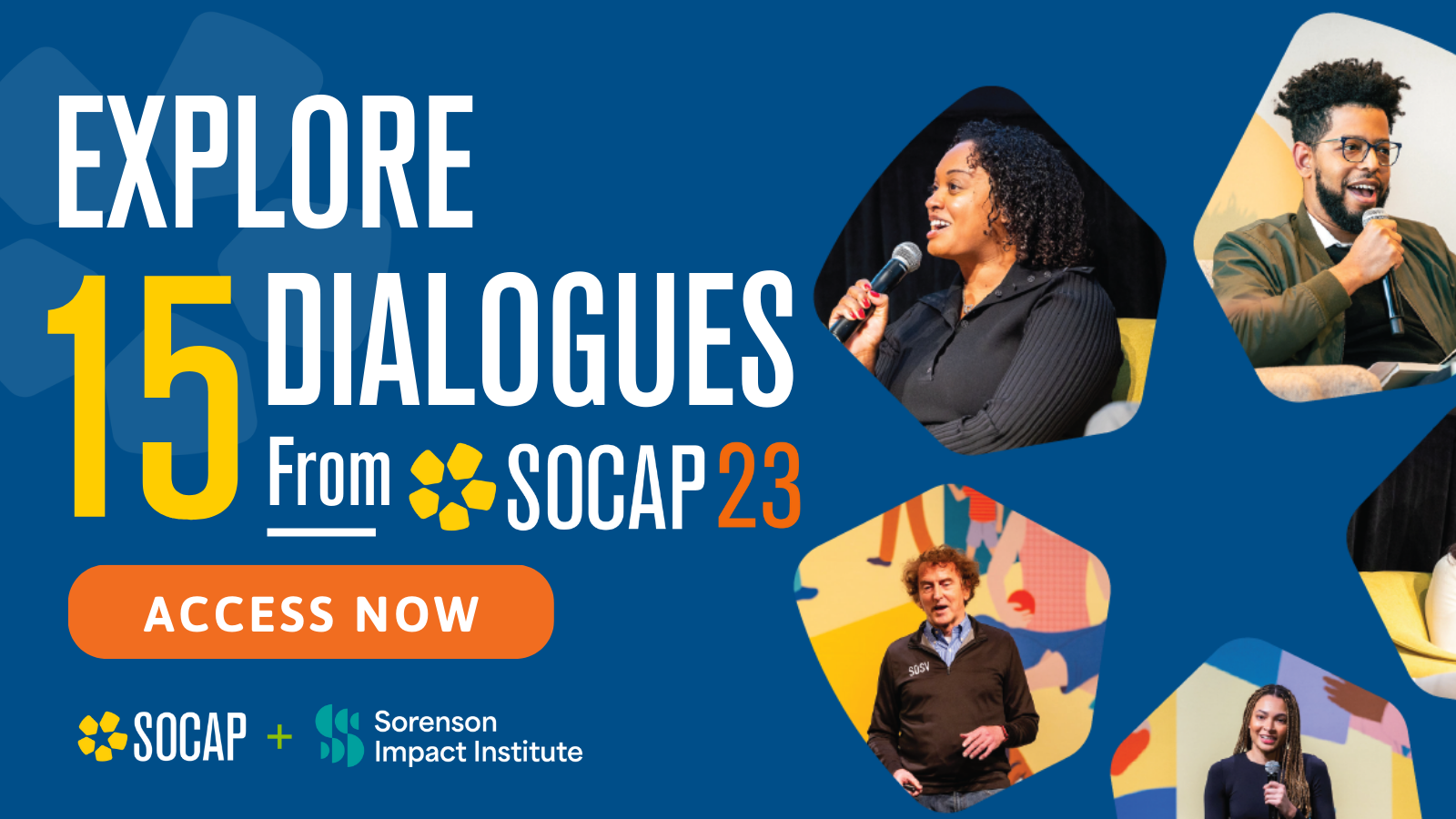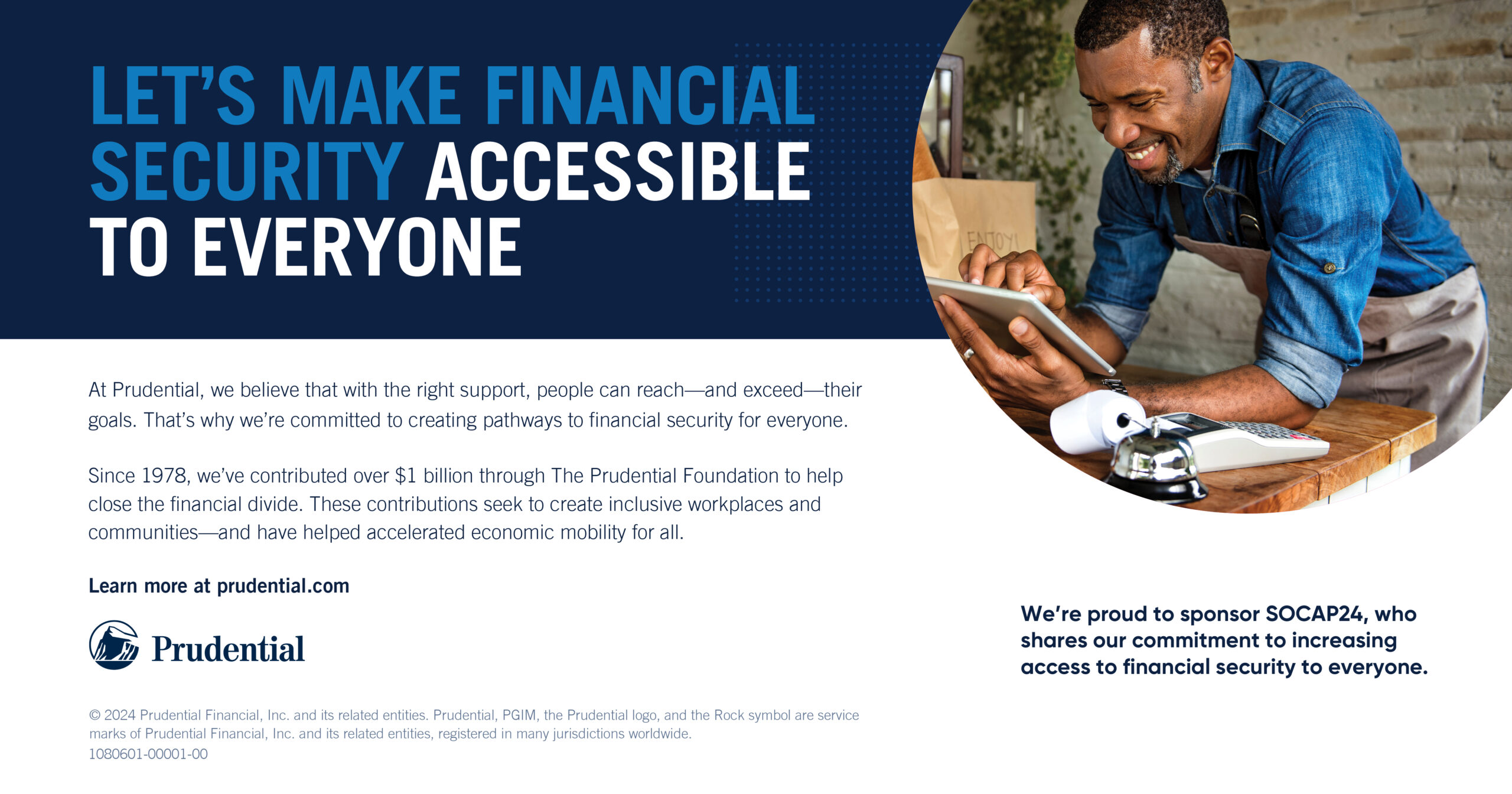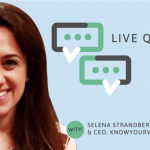Have you ever found yourself excited to go to work (or join a virtual meeting) because of a person with whom you’ve developed a friendship? There can be so many anecdotal stories around a single friendship at work that keep people going. In some cases, it can be a few people or, if you are fortunate, an entire team, but this is not to be confused with those of us who say, “I love the team I work with.” I’m talking about the team you feel truly, deeply connected with, that you look forward to having lunch with and sharing your latest life challenges and triumphs with. It is this meaningful connection that gets to the core of social health in the workplace.
Social health in the workplace means: “depth of connection and frequency of interaction to provide a sense of community, support and belonging.” Sometimes this is but one good friendship away. I can be fostered both in a large corporate setting and in a solo-preneur co-working space. Creating connections with those you work with, see every day, and are sharing space with is a beautiful opportunity for fulfilling one of our most basic human needs: connection. And it just so happens that connection is the main ingredient to good social health.
So, how do we foster it?
One Friendship at a Time
Friendship is a lost art, one that we many times take for granted in our personal lives or don’t prioritize because we are “so busy.” But friendship skills can be cultivated, and this happens when we consistently share our time and our selves, something that has a huge payoff in the workplace.
We can foster the connection with others in small group or one-on-one. Approaching this challenge is both a bottom-up and top-down effort. From the top, we need to look at how we create time, space, and opportunity for our fellow team members to find that intimate connection. Let us not confuse this with alcohol-soaked “team building” excursions or creating a “High Performers” club inside the organization. Think more about a buddy systems, an internal set of onboarding exercises to help someone find that person they click with. One idea to set the example would be: “No lunch alone or with your device.” Here, we encourage and reward those who find time to connect with others over a device-free lunch (so we are not checking our latest emails or Asana tasks). You could even institute easy programs like a #LunchTogether Slack channel to get replies from others to eat together.
From the bottom up, we as individuals, regardless of title, need to make the effort to connect. Great relationships can be learned, built, and supported by finding regular connection time with others. It’s a bit tough because we have been wired to think through the lens of productivity. Where we might make a quick beeline for coffee so that we can quickly get back to work, we might instead say to ourselves, “I need a bit of a break. Let me take five minutes and have a cup of coffee with someone.” Personally, I find myself seeking “connection moments” as a major win for my day. The elevator ride, passing by in the hallway, the water cooler, or the detailed email or Slack request where one asks for a conversation to talk through the details and nuance, and so on.
Safe Space for Sharing
As Harvard Business Review tells us, when we work toward creating more connection opportunities, we must start to think about the “culture” of how we share at work. So many workplaces are fraught with gossip, one-up-manship, and “get to the point” energy that even when we do connect, it stays so surface level that we don’t get much out of that time together. We need a safe space for sharing.
One such space is what some call a circle: a small group of people (five, on average) who create a place to allow a no-holds-barred, judgement-free, “what’s said here stays here” kind of space. Some create it across departments, as it might be easier to do with colleagues you don’t have much daily baggage with. These circles can happen once a week or once a month, and might start as book clubs, meditation groups, passion projects, or social-good endeavors that either the workplace fosters or one individual launches.
The other important aspect of creating safe spaces for sharing is leadership participation. When leaders share openly and vulnerably and act in a way that shows this is an acceptable way to show up every day or in a particular safe-space group setting, it shows all of us that it is indeed safe. Unfortunately, just words and emails about such from HR won’t create the feeling of safety. Other humans, in particular the leaders who control our future careers, do.
Authenticity of Connection
Personally, this was one of my biggest blind spots. To find authenticity in my daily communications as a founder and leader was not easy, mostly because I was always playing the role of CEO and not being my plain old, sometimes silly, often forgetful, kind self. So, I’d give the old pat on the back or off-color joke (another blind spot), thinking that I was fostering connection. But all I was really doing was perpetuating distance; who wants to connect with someone pretending to be something and projecting an image? No one does. Finding comfort in my own skin while performing my duties has turned out to be the key to getting authentic. And man, finding that place is so nice for you and all around you — less energy is spent in “acting” like a CEO, and more support and loyalty is offered without asking or demanding it. If you can do this, your career will take off.
Many people say, “I was being authentic with him/her in sharing how I felt.” Yet when we confuse sharing our feelings with being authentic, we create a toxic place of dumping our emotions on others. Rather, if we can spend the time to examine those feelings and share why it’s so hard, then we create authenticity.
We all seek a place of feeling connected, supported, and in meaningful relationship with others — a place where you derive a healthy identity for who you are, not what or how much you produce.






